The best form of crisis management is prevention
Social media, web digests, TV news, even plain old word of mouth all revolve around finding something interesting to talk about, and you really don’t want your organization’s latest slip-up to become the topic du jour. Problem is, you can’t shut it down once the story’s out. There are many things you can do to mitigate or reduce damage, but there’s only one form of crisis management that heads the issue off at the pass.
Crisis prevention is the ultimate form of crisis management. You seek out potential problems, risks, or vulnerabilities and solve them before they’re thrust into public view, ideally before they ever cause a negative impact at all. Toyota clearly is a company unconcerned about crisis prevention. Reports have shown that execs knew about the issues behind its most recent recall 7.5 million auto recall years before the info went public and well in advance of its 2010 recalls for sudden acceleration, yet neglected to resolve the pending crises before the National Highway Traffic Safety Administration stepped in. Between these two crisis prevention failures Toyota has spent over $100 million, and perhaps even more importantly lost valuable market share to its competition, which equates to even more bottom line damage.
How we can catch crises before they erupt? As with most aspects of crisis management, communication is key. Not only do employees need the ability to talk amongst themselves and across departments, but there also must be clear ways for them to move information up the chain in a timely manner. Especially given the non-centralized organizations of today, one of the best ways to encourage constant communication is to create internal forums. Most of us love to talk and share on all kinds of social media, so what better way to help each other recognize and resolve issues than putting a similar platform to work?
Vulnerability audits are another key tool in locating potential crises before they occur. We often end up with a frighteningly long list after these intensive inspections, even working with organizations that thought themselves well prepared. It’s absolutely critical to take a long, hard look at everything from opening procedures to possible problem employees in order to determine current and potential areas of operational and communications weakness and strength.
If you find the crisis first, you get to be the good guy. You can figure out a solution and, depending on case, either squash it silently or announce to all of your stakeholders how your care and dedication has saved them from a potential problem and rake in the reputation. Let the public and media get hold of the story before you do, and it’s going to cost you dearly.
——————————-
For more resources, see the Free Management Library topic: Crisis Management
——————————-
[Jonathan Bernstein is president of Bernstein Crisis Management, Inc., an international crisis management consultancy, author of Manager’s Guide to Crisis Management and Keeping the Wolves at Bay – Media Training. Erik Bernstein is Social Media Manager for the firm, and also editor of its newsletter, Crisis Manager]












